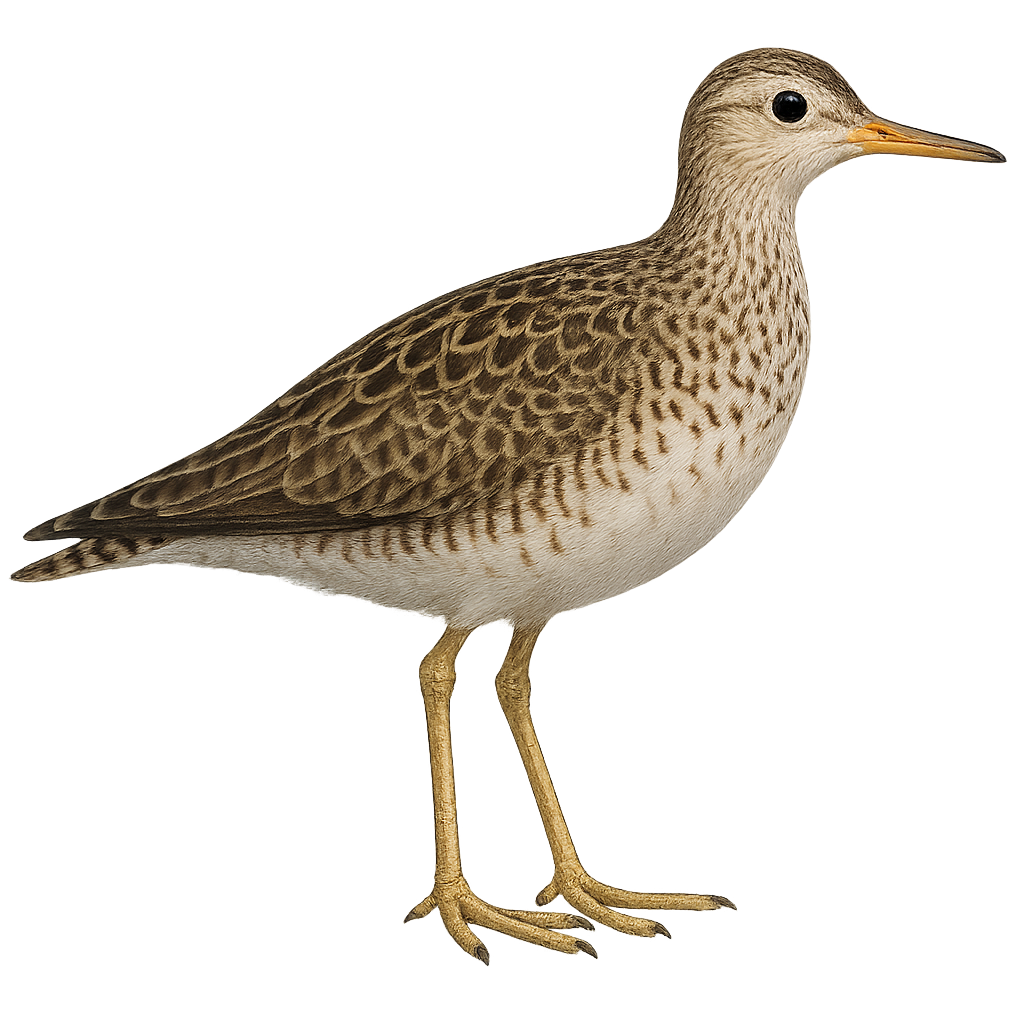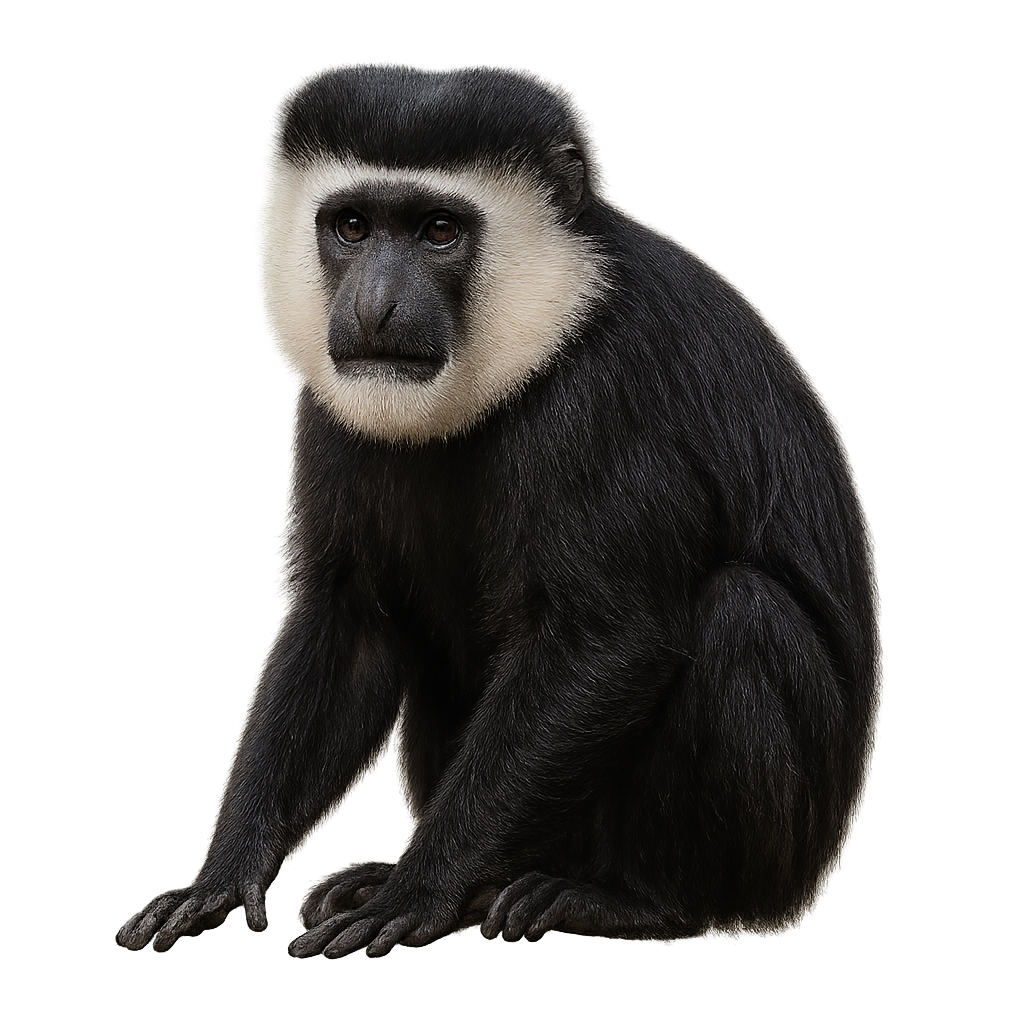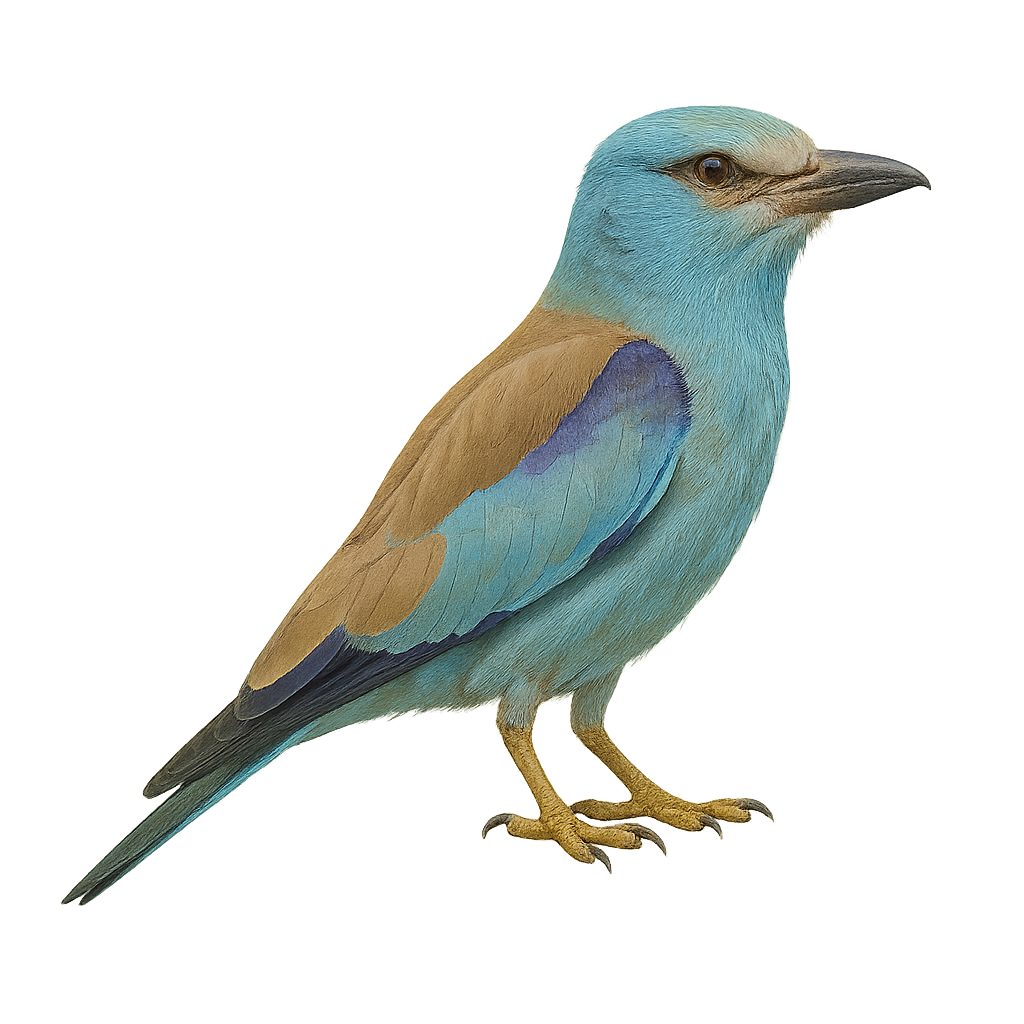Your wildlife tracking tool..
Browse 2,846species by country, track observations, and plan your photo outings.
Your global reference for wildlife photography
WildlifePhotographer gives you access to over 2,846 wildlife species sheets to help you identify, understand, and photograph wildlife around the world. Mammals, birds, reptiles… each sheet provides key information: habitat, activity, life cycle, signs of presence, and tailored photo tips.
Our database grows every week with new iconic species. To go further, access maps, reminders, logs, and personalized statistics in the app — designed to meet the real needs of wildlife photographers in the field.
Upland Sandpiper
Bartramia longicauda
The Upland Sandpiper, or Bartramia longicauda, is a medium-sized migratory bird belonging to the Scolopacidae family. It is recognizable by its mottled brown plumage, long yellow legs, and slender bill. This bird prefers open grasslands and agricultural fields, where it primarily feeds on insects and small invertebrates. The Upland Sandpiper is known for its spectacular courtship flights, during which it emits melodious calls. It nests on the ground, often hidden in tall grasses, and its eggs are well camouflaged. Although its population is stable, it is vulnerable to habitat loss due to intensive agriculture and urbanization.
Ural owl
Strix uralensis
The Ural owl (Strix uralensis) is a large nocturnal raptor (50–60 cm in body length with a wingspan of 110–125 cm), featuring soft tawny-grey plumage and a pale facial disc outlined in dark concentric rings. Distributed across mature coniferous and mixed forests of Eastern Europe and Northern Asia, it primarily preys on small mammals such as rodents and shrews, supplemented by birds and insects. It nests in old tree cavities or occasionally occupies abandoned corvid nests. Territorial year-round, it utters deep resonant hoots during the breeding season to attract mates and defend its territory. Secretive and vigilant, it often perches motionless high in the canopy to scan for prey.
Ursine Colobus
Colobus vellerosus
The Ursine Colobus, or Colobus vellerosus, is a medium-sized arboreal primate primarily found in West Africa. Its coat is predominantly black with distinctive white tufts around the face and shoulders, giving it an elegant appearance. It lives in social groups composed of several females and one or two dominant males. These monkeys are mainly folivorous, feeding on leaves, fruits, and flowers. They play a crucial role in seed dispersal, contributing to forest health. Although they are agile in trees, they rarely descend to the ground. Their habitat is threatened by deforestation and hunting, leading to a decline in their population.
Upland Goose
Chloephaga picta
The Upland Goose, or Chloephaga picta, is a robust and elegant bird native to the southern regions of South America. It is characterized by its white plumage in males and brown in females, with black stripes on the belly. This bird prefers open grasslands and wetlands, where it primarily feeds on grasses and seeds. Upland Geese are often seen in pairs or small groups and are known for their territorial behavior during the breeding season. Their flight is powerful and direct, often accompanied by loud calls. Although generally not very shy, they can become wary if they feel threatened.
uropean Roller
Coracias garrulus
The European Roller is a colorful bird primarily found in open forests, meadows, and agricultural lands across Europe, particularly in Spain, France, Italy, and Turkey. It measures about 30 to 32 cm in length, with a wingspan of 50 to 60 cm, and weighs between 100 and 150 g. Its plumage is especially vibrant, with colors ranging from bright blue to green and brown, and it has a strong, slightly curved beak. The European Roller primarily feeds on flying insects, such as dragonflies, flies, and grasshoppers, which it catches in flight. It is known for its stunning acrobatic flights and its habit of perching on elevated spots, such as tree branches or utility poles. While its






